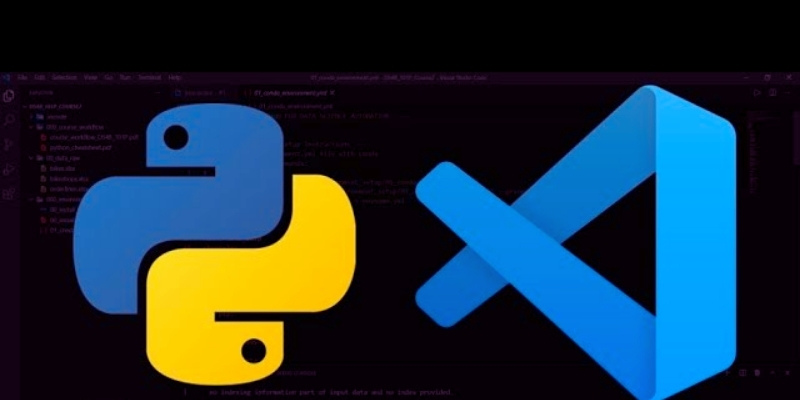As artificial intelligence continues to grow in the workplace, many employees are unsure how to feel about it. Some are curious and open, but others may worry about losing their jobs or feeling overwhelmed by new tools. That’s why helping employees feel confident and supported when using AI is so important. When people understand the benefits and feel included in the change, they are much more likely to embrace it. Let’s explore some simple and effective ways to help employees accept AI rather than resist or ignore it.
Why Do Employees Resist AI?
For many workers, the idea of AI feels more like a threat than a tool. Some fear losing their jobs. Others believe they won’t be able to keep up with the pace of new technology. And some may feel overwhelmed, unsure of how AI even applies to their daily tasks.
Common reasons for resistance include:
- Job security concerns
- Lack of technical knowledge
- Negative past experiences with tech tools
- Feeling excluded from the decision-making process
These concerns, if not addressed, can slow down or even block AI adoption across teams.
Communicating the Purpose of AI Clearly
One of the most effective ways to ease anxiety around AI is clear and honest communication. Leaders should speak openly about how AI will be used, what it will do, and—just as importantly—what it won’t do.
When AI is introduced as a support system, not a replacement, employees are more likely to see the value in it. Clear messaging should focus on how AI can:
- Automate repetitive, time-consuming tasks
- Provide faster access to information
- Help employees make better decisions
- Improve overall job satisfaction by reducing manual labor
Framing AI as a tool for growth and empowerment shifts the conversation from fear to opportunity.
Offering Accessible and Ongoing AI Training
It’s not enough to tell employees AI will help—they need to see it in action. Proper training is essential. Companies should design training programs that are:
- Role-specific: Focusing on how AI applies to individual jobs
- Easy to follow: Using non-technical, step-by-step guidance
- Ongoing: Offering refresher sessions and new modules over time
- Interactive: Including hands-on tasks, real-world examples, and Q&A time
Introducing AI through small, manageable tasks helps build confidence. For instance, letting employees use an AI tool to automate scheduling or generate basic reports can serve as a gentle introduction.
Including Employees in the AI Journey

Change becomes easier when people feel like they’re part of it. Instead of implementing AI from the top down, companies should invite employee participation throughout the process.
Ways to involve staff include:
- Asking for feedback when selecting AI tools
- Running pilot programs with small teams
- Creating cross-functional AI advisory groups
- Conducting regular check-ins to track satisfaction
When employees feel they’ve had a voice in shaping AI use, they’re less likely to resist and more likely to support adoption.
Leading by Example Through Management
Managers play a critical role in AI adoption. If they ignore the tools or openly criticize them, employees will likely follow their lead. Leadership should be trained first and expected to model positive AI behavior. It includes:
- Using AI tools in daily work
- Speaking positively about the benefits
- Helping team members navigate challenges
- Celebrating small wins with the technology
When managers actively participate in the change, it signals to the team that AI is both useful and here to stay.
Sharing Success Stories and Real Results
One of the most powerful motivators is seeing peers succeed. Sharing stories of how AI has helped other departments—or even specific employees—can break down resistance.
For example, stories might highlight:
- A sales team reducing time spent on manual data entry
- A customer service rep improving response times with AI chat support
- A marketing team using AI for faster campaign insights
These real-life examples show that AI is not just a futuristic idea—it’s working today, and it’s helping real people.
Positioning AI as a Partner, Not a Threat
Another key element is helping employees understand the difference between AI and human intelligence. AI can process data and complete tasks, but it cannot replace emotional intelligence, creativity, leadership, or empathy.
Some ways to reinforce this idea:
- List tasks AI handles versus tasks only humans can do
- Discuss how human judgment improves AI results
- Show how AI frees up time for higher-value work
Supporting Career Growth with Reskilling
Some roles will indeed shift as AI becomes more common. Rather than ignoring this, companies should prepare employees through upskilling and reskilling programs.
Offer learning paths that allow employees to:
- Learn new digital skills
- Transition to evolving roles within the company
- Gain confidence in their future career path
These efforts send a clear message: the company values its people and is committed to growing with them, not without them.
Choosing the Right Tools and Gathering Feedback

AI tools should be easy to use and integrate smoothly with current systems. A confusing or buggy tool will only increase frustration. Companies should test options before rollout and offer helpdesk support for ongoing questions.
After launch, it’s essential to check how employees are feeling. Regular feedback—through surveys, suggestion boxes, or group discussions—helps fine-tune the AI experience. If something isn’t working, employees should feel safe speaking up.
Conclusion
In conclusion, helping employees accept AI starts with trust, not technology. Companies must clearly explain how AI supports, not replaces, human roles. Open communication, hands-on training, and inclusion in decision-making reduce fear and build confidence. Managers should lead by example and encourage a learning mindset. Real success stories show practical benefits and inspire others to follow. Supporting career growth through reskilling further reassures employees of their long-term value. With the right approach, AI becomes a helpful ally, not a threat.










